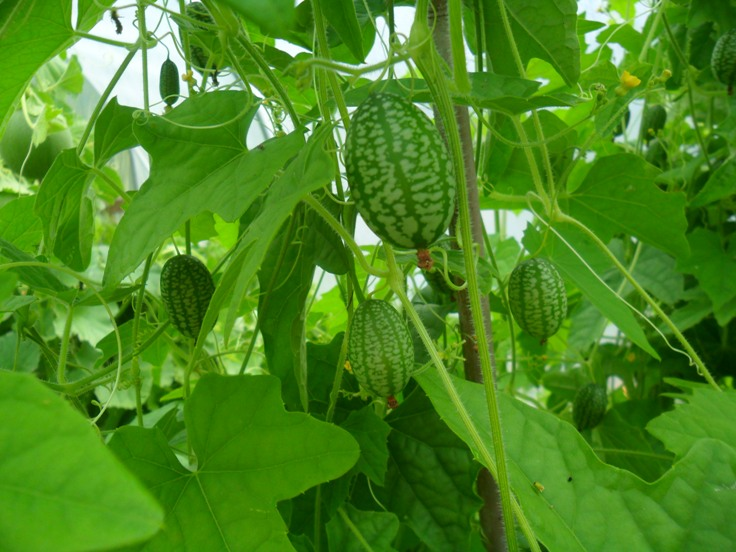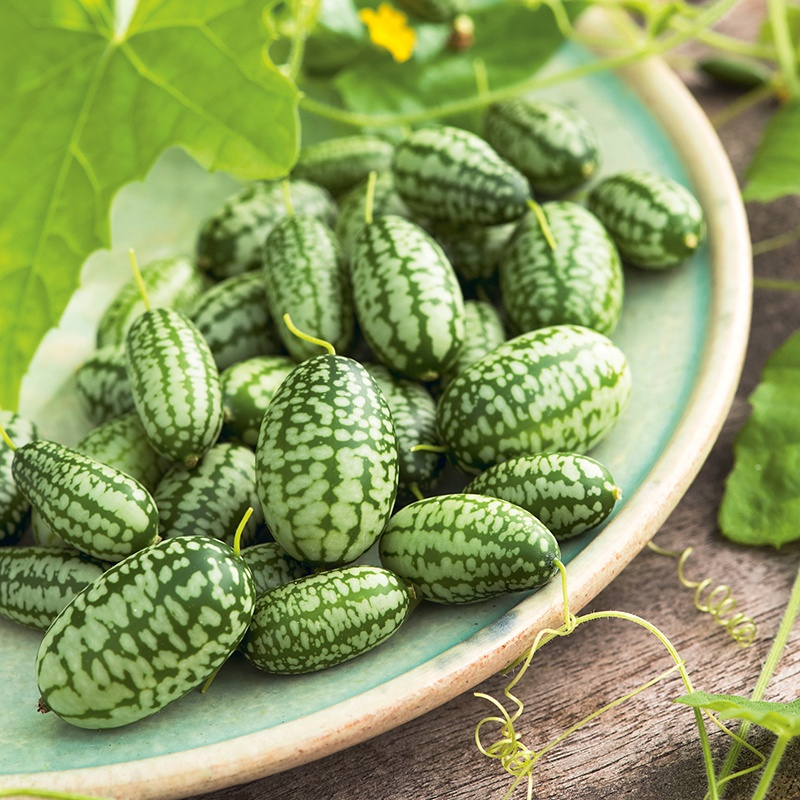
You’re about to grow one of the most unique and rare fruits in your garden.
Cucamelons, also known as Mexican Sour Gherkin, Mouse Melons and Sandita, resemble tiny watermelons, however have a mild, sometimes sour taste. Great for snacking right off the vine or pickling for an even more unique flavor and presentation.
Many beautiful vegetables can grow in your garden, but if there is one that deserves to be called cute, it’s the cucamelon. It’s not difficult to see why they are also called mouse melons: The one-inch fruit looks like a watermelon that a mouse would lug home from the market. Botanically, the cucamelon (Melothria scabra) is neither a cucumber nor a melon, though it is part of the larger cucumber family (Cucurbitaceae).
A fast-growing, vining plant, the cucamelon is a frost-tender plant. While it is perennial in tropical climates, it is most commonly grown as an annual in other climates, where it is planted in the spring. Small yellow flowers appear in the late spring to early summer and are followed by the striped green fruits, which are about the size of a large grape. The flesh of the fruits is white. Cucamelons have a unique crunch and a cucumber-like but slightly tangy flavor.
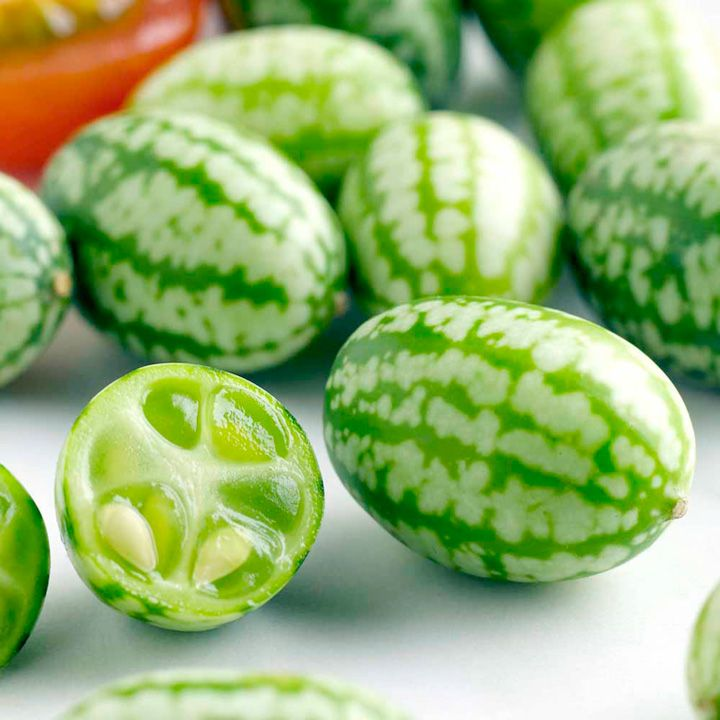
Cucamelon Quick Info Guide
Common Name: Cucamelon, mouse melon, Mexican sour gherkin, sandita
Botanical Name: Melothria scabra
Family: Cucurbitaceae
Plant Type: Annual, fruit (Perennial in warmer areas)
Size: 1 ft. tall, up to 10 ft. wide
Sun: Exposure Full sun
Soil Type: Humusy-rich and well-drained
Soil pH: Acidic (6.1 to 6.8)
Bloom Time: Spring, summer
Hardiness Zones: 2–11 (USDA)
Native Area: Central America
Choose planting location
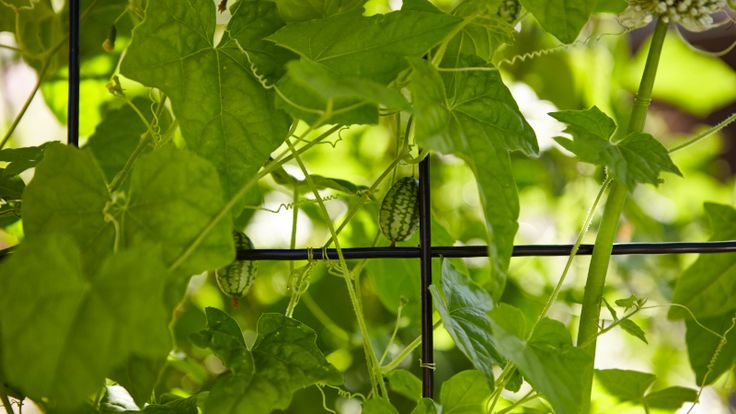
If you’re limited on space, you can grow your Cucamelons in a 5 to 7 gallon pot. A 24 inch pot is great for growing 3-4 Cucamelon vines.
You can use any sort of trellis you like or place your pot near a fence and allow them to grow along it. Again, if space is limited, consider a tomato cage.
If planting in the ground, choose a location that receives FULL SUN. Soil should be nutrient rich and well-drained for best results.
Planting and Caring for your Cucamelon
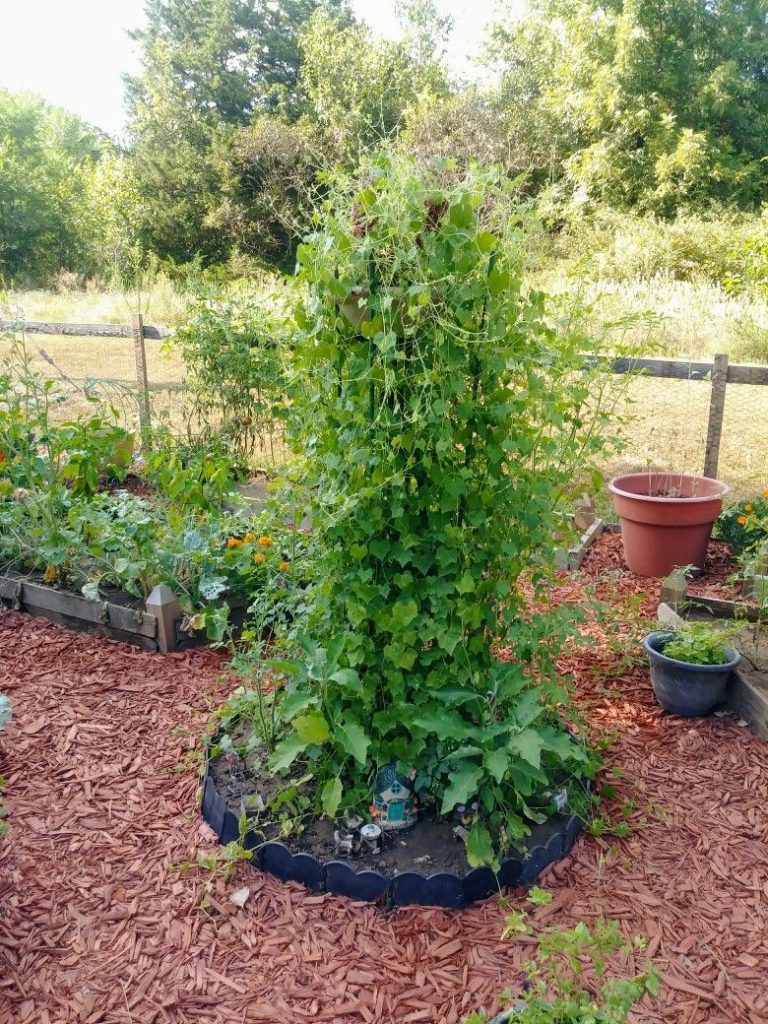
Seeds a usually direct-sown in the garden after all danger of frost has passed in the Springtime, and nighttime temperatures are 50°F or above. Seeds germinate in 10-14 days and reach maturity in 60-70 days.
Plant seeds ½ inch deep, and space plants about two feet apart. Cucamelons don’t take up nearly as much space as other vine vegetables, however it’s a good idea to grow them on a trellis or other support structure. Round tomato cages also work well if space is limited.
Soil should be well-drained humus-rich. Slightly acidic pH is preferred. Add organic matter if possible, and mulch around base to prevent weeds.
Water regularly, however do not allow soil to become saturated. Seeds will not germinate in soil that is below 60°F.
Fertilize plants when they are 3-4 weeks old.
Harvesting Cucamelons
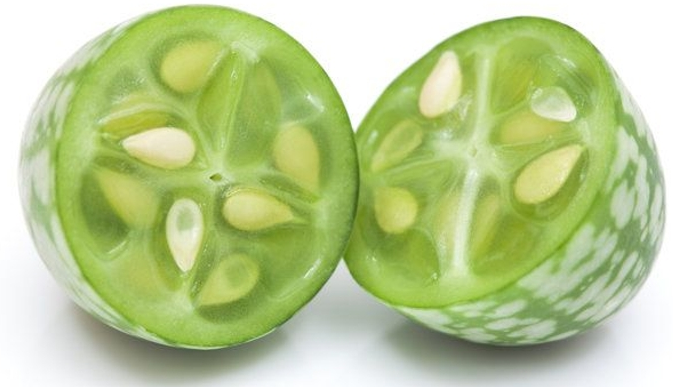
Harvest your Cucamelons when they are no more than one inch in diameter. Any larger, and they will become seedy and much less palatable. Check for ripe fruit at least every other day. Your fruits will keep for several days in the crisper part of your refrigerator.
You can either eat these tiny melon right off the vine, or pickle them for a delicious and unique flavor. They will taste like pickles, yet look like miniature watermelons.
Please feel free to contact us with any questions you may have!

